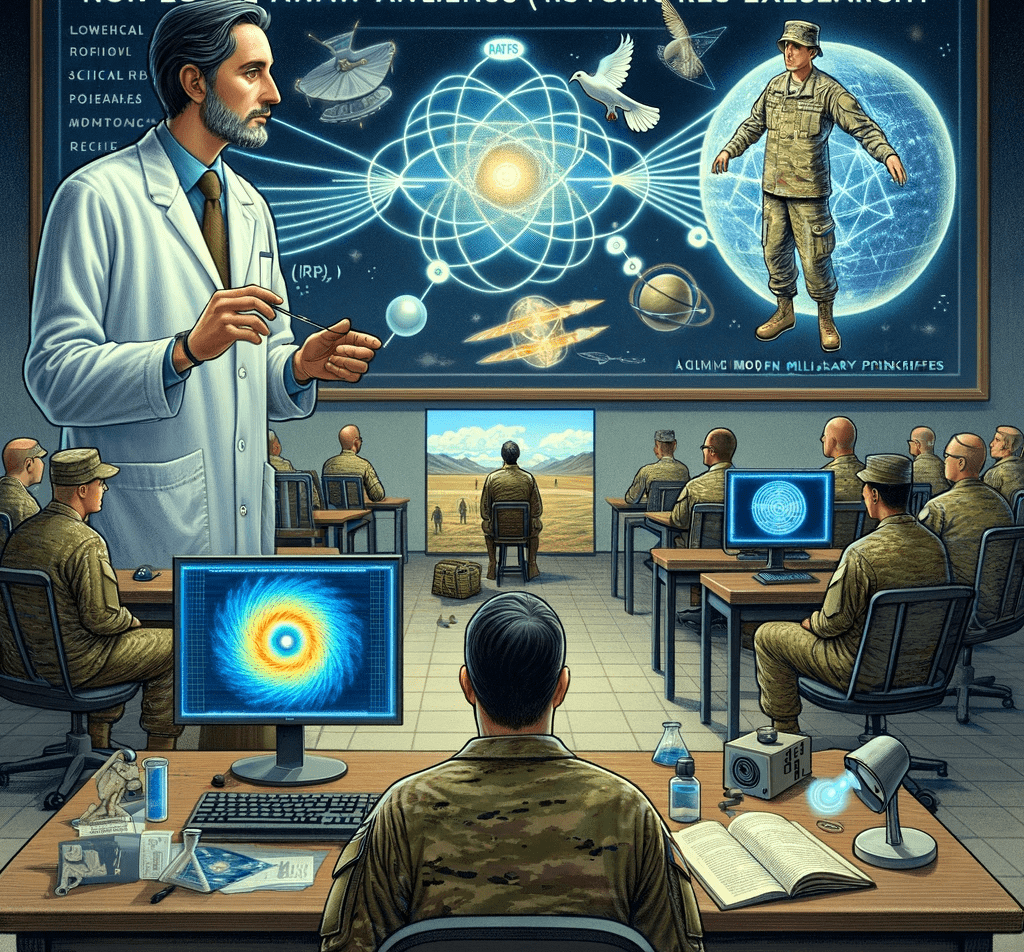Russell Targ

Russell Targ, a physicist and researcher, played a significant role in the early development of the remote viewing program alongside Ingo Swann. Their collaboration primarily focused on investigating and harnessing the potential of remote viewing for intelligence purposes. Targ’s involvement in this field was not just as a researcher but also as an advocate for the legitimacy of psychic phenomena in the realm of science.
In his book, “The Reality of ESP: A Physicist’s Proof of Psychic Abilities,” Targ looks into his experiences and findings while working with Swann. He presents an intriguing argument for the existence and practicality of extrasensory perception (ESP) and remote viewing. Targ, with his background in physics, brings a unique perspective to the subject, attempting to bridge the gap between traditional scientific approaches and the often-misunderstood realm of psychic abilities.
Russell Targ, a physicist with a background in laser technology, shares his journey into the study of psychic abilities, specifically remote viewing. He begins by recounting his early fascination with magic and mentalism, which eventually led him to explore the realm of psychic phenomena more scientifically.
Targ describes the extensive work he conducted at Stanford Research Institute, funded by various U.S. government agencies like the CIA and NASA. He highlights several successful remote viewing projects, such as locating a downed Russian plane, finding a kidnapped American general, and predicting a failed Chinese atomic bomb test.
He emphasizes that remote viewing is a natural ability, accessible to everyone, and not limited by distance. Targ finds it particularly fascinating that accuracy in remote viewing does not diminish with distance, a phenomenon he refers to as non-local perception, aligning with modern physics concepts like nonlocality.
Russell Targ’s TEDx talk, which was originally scheduled to be part of a TEDx event in 2013, was removed by TED. The talk focused on his work and research into psychic abilities, particularly remote viewing, which he conducted as part of a program at the Stanford Research Institute. This removal followed TED’s learning about the controversial nature of the subjects covered in his talk.
Throughout his talk, Targ shares anecdotes of remarkable psychic feats achieved by people like Pat Price, a former police commissioner with extraordinary psychic abilities, and Hella Hamid, a photographer who became an adept remote viewer. He also mentions training U.S. Army officers in remote viewing, highlighting Joe McMoneagle, who emerged as an exceptionally skilled viewer.
Targ stresses the scientific legitimacy of their work by noting that their research was published in prestigious journals and was not fringe science. He also discusses the practical applications of remote viewing, including its use in investment strategies, and emphasizes its non-spiritual nature, though it can lead to a deeper understanding of oneself and the universe.
Targ invites the audience to explore remote viewing and the concept of non-local awareness themselves, suggesting that such exploration can lead to a transcendent experience beyond conventional understanding of space and time.
Russell Targ co-founded a 23-year research program at Stanford Research Institute, dedicated to the exploration of psychic abilities, with a significant 25 million dollar budget. This program, catering to various U.S. government agencies like the CIA, Defense Intelligence Agency, and NASA, achieved notable successes. Among these were locating a downed Russian bomber in North Africa, finding a kidnapped U.S. general in Italy, and observing U.S. hostages in Iran, feats that garnered recognition and commendation from President Carter. The research’s credibility is bolstered by its publication in respected scientific journals, including ‘Nature’ and the proceedings of the IEEE, AAAS, and American Institute of Physics.
Targ believed his work, encompassing recently declassified material, would engage a TED audience without conflicting with established physics principles. He also discussed remote viewing as a learnable, non-local ability unaffected by distance. Citing Robert Jahn from Princeton, he underscored the scientific backing for such phenomena. The theoretical basis for remote viewing, according to Targ, might lie in concepts like Minkowski’s complex space/time or similar non-local space/time geometry. He detailed the practical training of six army intelligence officers in remote viewing in 1979, leading to the formation of an operational psychic corps at Fort Meade. Targ also encouraged public exploration of remote viewing through evidence and demonstrations available on his website, including a double-blind test documented in a BBC film.


